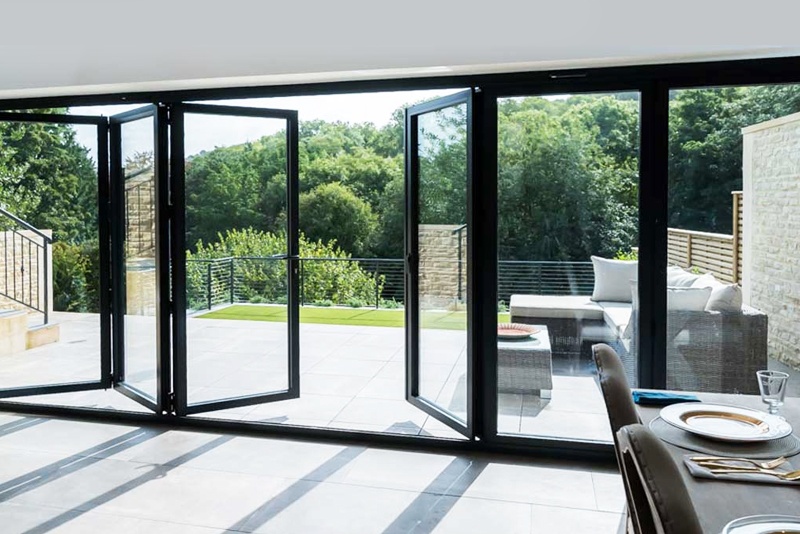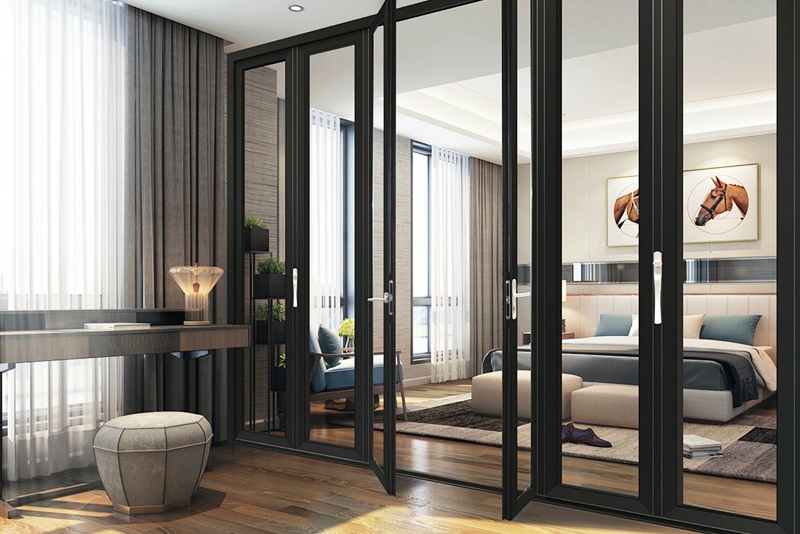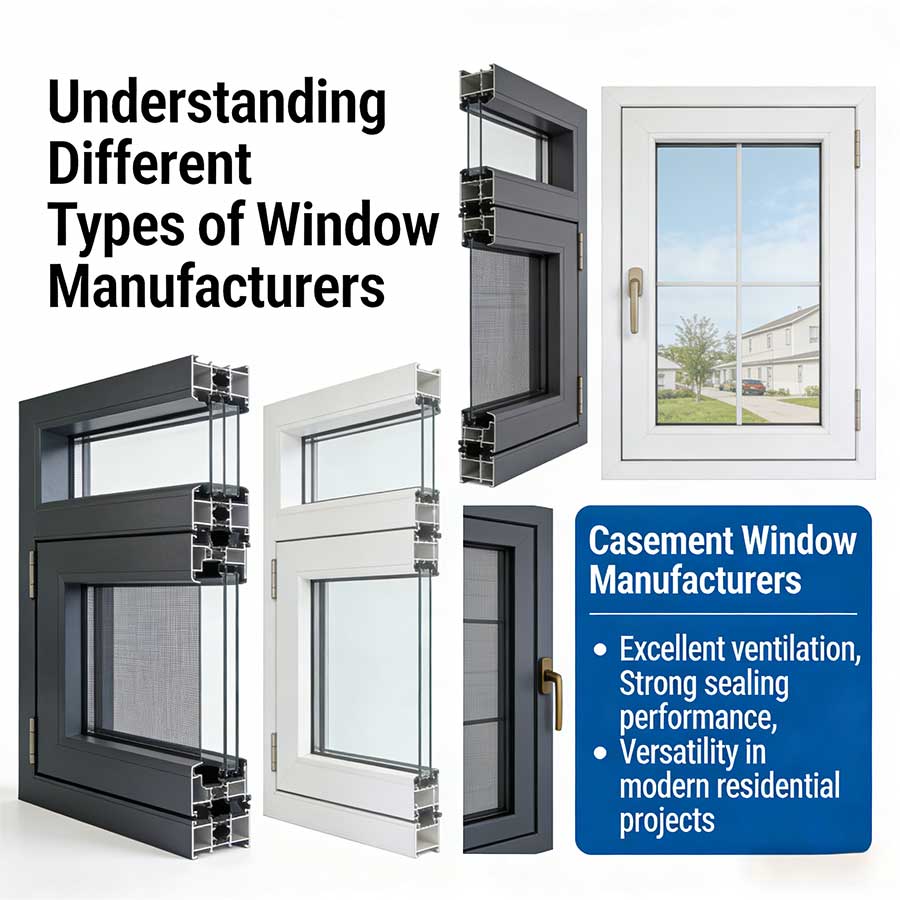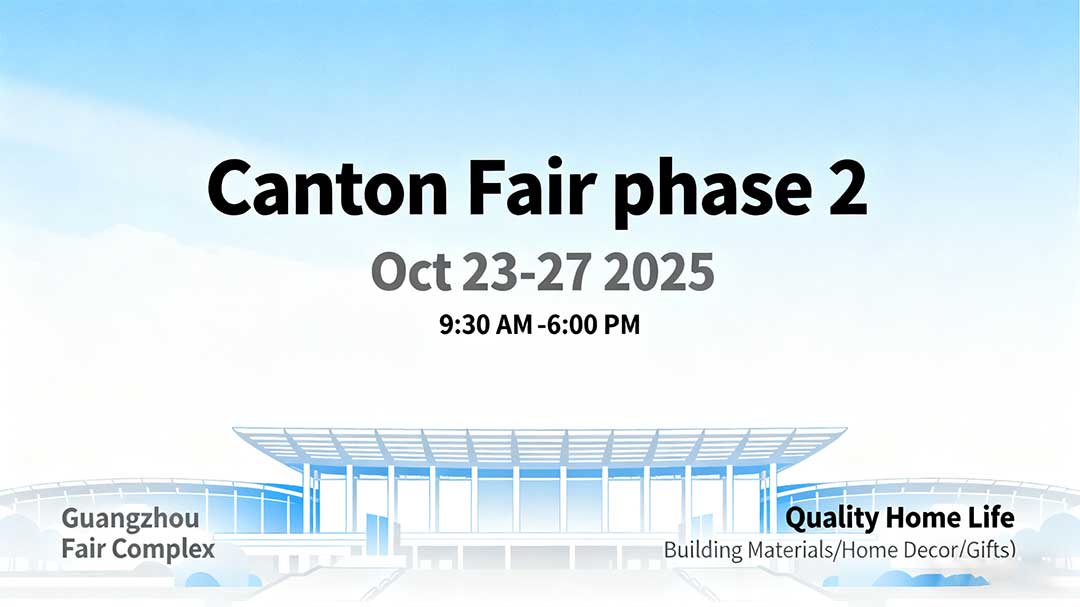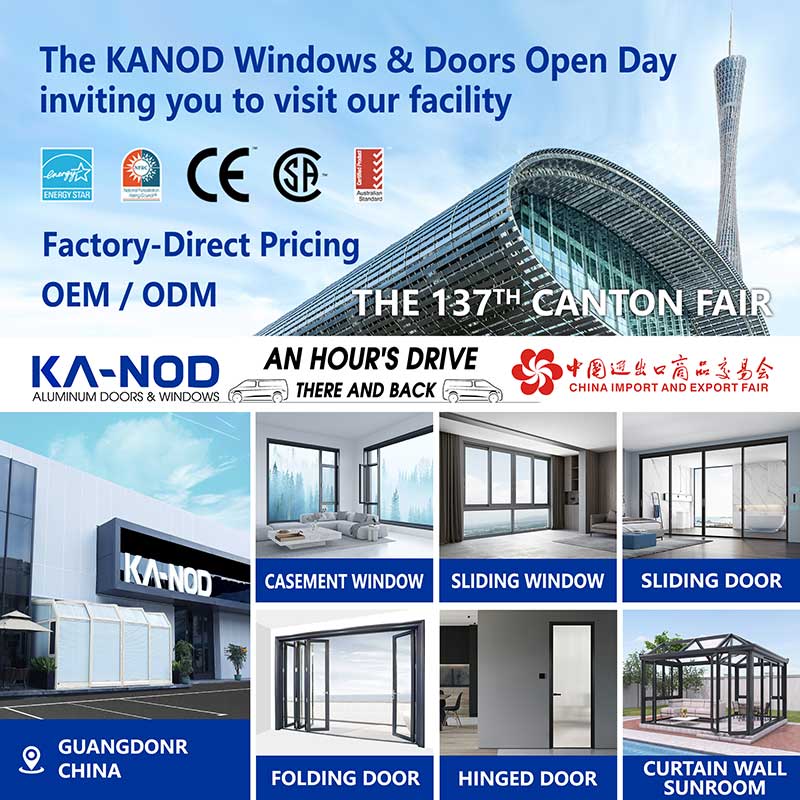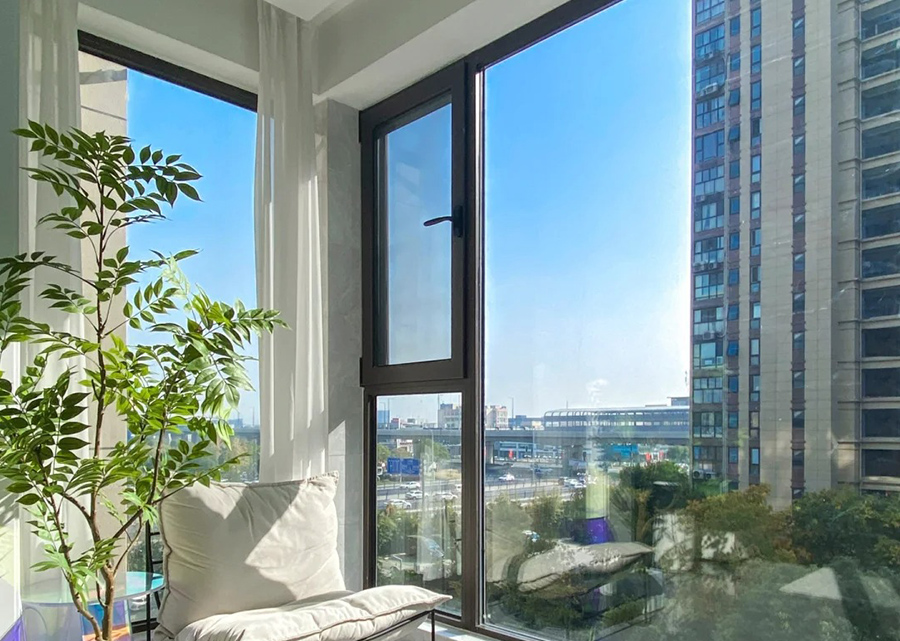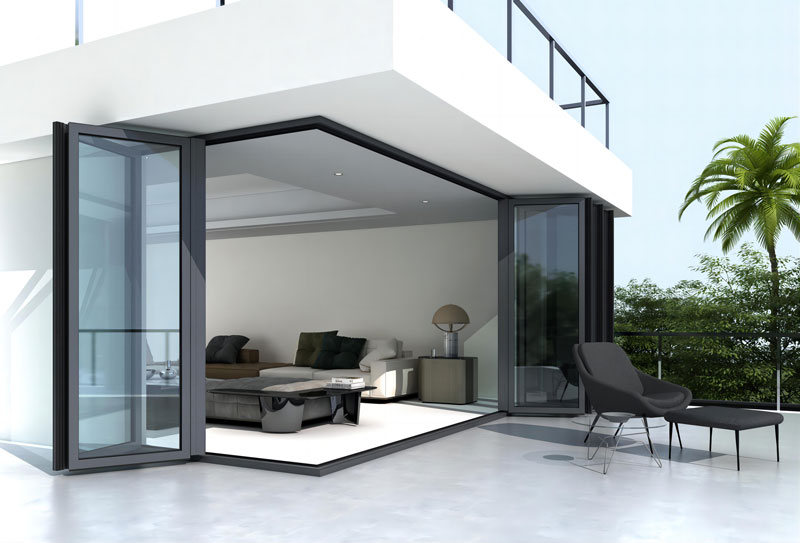If You’re Shopping for Sliding Windows, Pay Attention! Frequent Heavy Rains Test the True Quality of Your Windows
Frequent torrential rains don’t just disrupt your daily routine—they expose the real quality of sliding windows. Homeowners in rain-prone regions understand that these windows must endure constant humidity, strong winds, and temperature fluctuations. Poorly designed windows can leak, swell, or warp, leading to structural damage and mold growth. This article explains how heavy rains reveal sliding window flaws and guides you in selecting a model that stands up to the elements.
Why Do Heavy Rains Expose Sliding Window Defects?
Sliding windows rely on locking mechanisms, weatherstripping, and drainage systems to keep out rain. During storms, these components face extreme stress.
Flaw 1: Subpar Weatherstripping
Cheap rubber seals shrink or crack after a few rainy seasons. Rain seeps through gaps, corroding frames and damaging interior walls. KANOD uses EPDM (ethylene propylene diene monomer) synthetic rubber—a marine-grade material with superior weather resistance that resists UV degradation and maintains flexibility for decades.
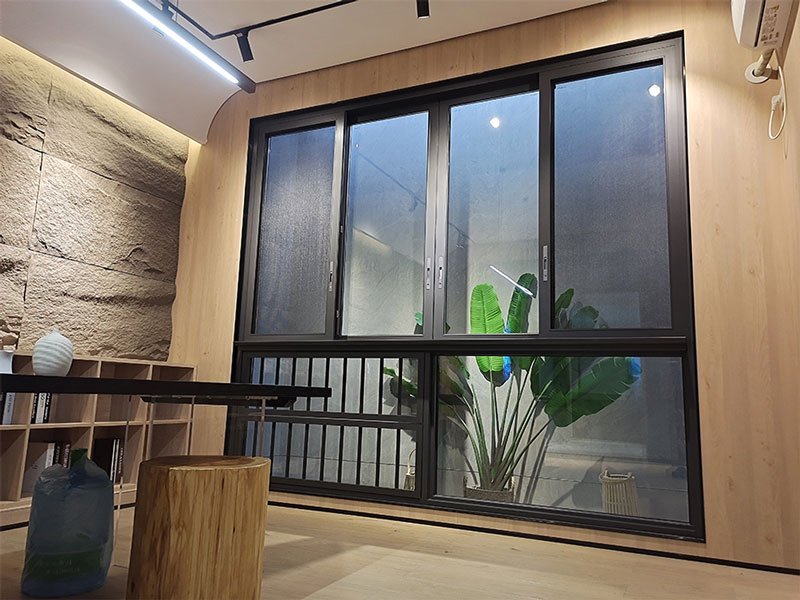
KANOD Aluminum Double Sliding Windows – zunshang series
Flaw 2: Inadequate Drainage Design
Many sliding windows lack dedicated drainage paths. Water pools in tracks, causing corrosion and operational failures. KANOD’s design features sloped sills and concealed drainage ports that expel over 12 liters of water per minute.
Flaw 3: Fragile Frame Materials
Standard aluminum frames conduct heat, leading to condensation and corrosion in humid conditions. Plastic frames warp with temperature changes. KANOD constructs frames from thermally broken aluminum, combining steel-like strength with insulation properties that outperform traditional materials by 300% in rain resistance tests.
Key Features to Evaluate for Rain-Resistant Sliding Windows
Feature 1: Multi-Point Locking Systems
These distribute pressure evenly across the frame. KANOD’s triple-shield locking mechanism secures three points simultaneously, creating a 0.01-inch tolerance gap that remains watertight even in hurricane-force rains.
Feature 2: Hydrophobic Glass Coatings
Untreated glass allows water beads to cling and seep edges. Hydrophobic coatings repel water at a 60° angle, reducing mineral buildup by 78% compared to untreated glass.
Feature 3: Durable Hardware
Rusty rollers or misaligned tracks can jam windows during storms. KANOD’s stainless steel rollers endure 40,000 hours of salt spray testing—equivalent to 40 years of coastal storm conditions without performance loss.
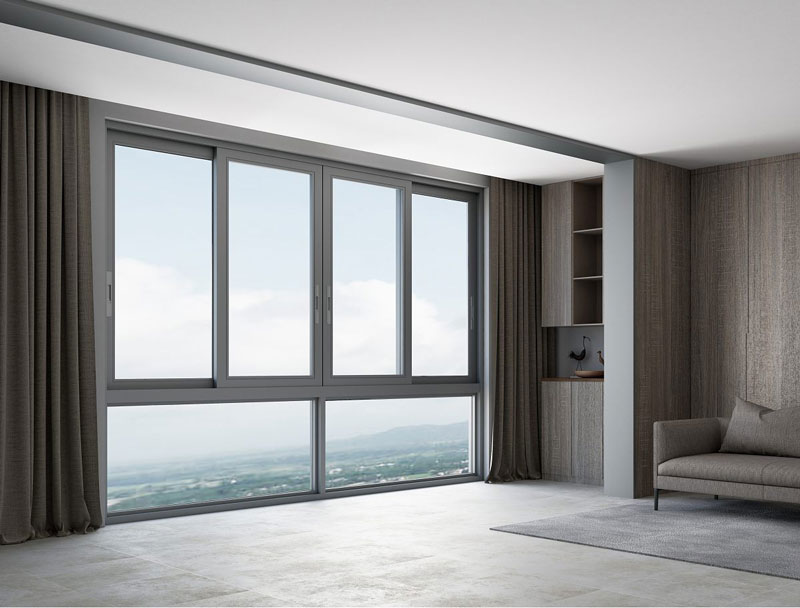
Kanod Horizontal Sliding Windows: Revolutionizing Modern Window Treatments
Installation Best Practices for Maximum Rain Resistance
Even premium windows fail if installed improperly:
Level Sills: A 1° tilt doubles water infiltration. Pros use laser levels to maintain ±0.1° accuracy.
Sealant Quality: Ordinary sealants degrade under UV rays. Opt for 25-year UV-resistant options like Corning 791 silicone.
Waterproofing Integration: Ensure windows interface seamlessly with building waterproofing layers.
Maintenance Tips for Rainy Climates
Track Cleaning: Vacuum debris weekly to prevent clogs.
Weatherstrip Checks: Inspect seals biannually for cracks or deformation.
Hardware Lubrication: Apply dry PTFE spray to rollers every six months.
Cost vs. Long-Term Value
Although the price of KANOD sliding Windows is slightly higher than that of ordinary sliding Windows, when analyzed from three aspects: service life, annual energy-saving cost and annual maintenance cost. The value of choosing KANOD sliding Windows is much higher than that of ordinary sliding Windows. The service life of ordinary Windows is between 15 and 20 years. The annual energy-saving cost is around 400 US dollars, and the annual maintenance cost is about 200 US dollars. The service life of KANOD sliding Windows can reach 40 years, with an annual energy-saving cost of around 1,200 US dollars and an annual maintenance cost of only about 50 US dollars.
Conclusion: Invest in Storm-Tested Excellence
Frequent rains are nature’s quality check for sliding windows. KANOD’s focus on materials innovation, drainage engineering, and real-world testing produces windows that outperform competitors in wet conditions—backed by EU CE certification. Prioritize these details, and you’ll gain lasting protection against storm damage.



